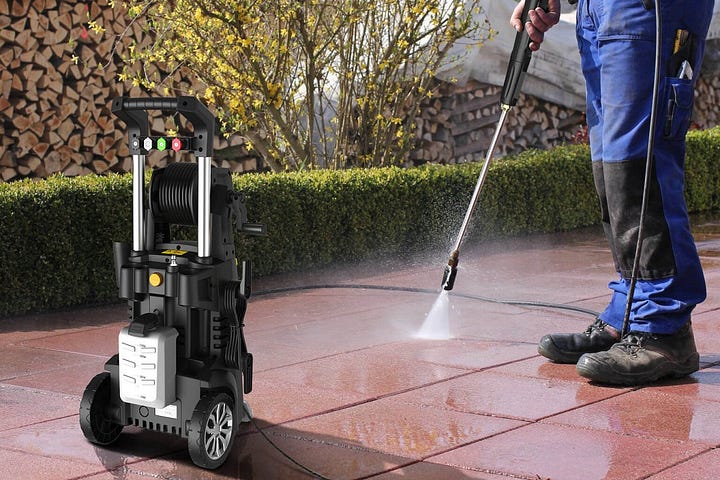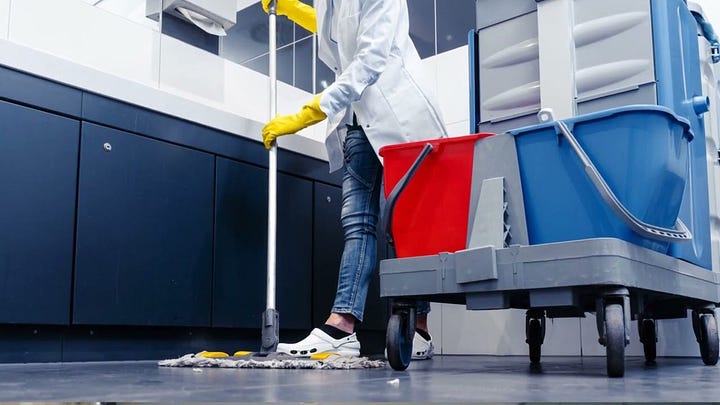
In today’s technology-driven world, our homes rely on electricity more than ever. Whether you’re setting up a new home office, upgrading an outdated kitchen, or simply tired of running extension cords across your living room, installing a new electrical outlet can make a huge difference. But before you grab a screwdriver and start drilling holes in your wall, there are some crucial safety measures, codes, and techniques to understand.
This blog walks you through everything you need to know about electrical outlet installation. It’s not just about wires and wall plates — it’s about creating a safer, more efficient, and more functional living space. From assessing your needs to the final safety checks, we’ve packed this guide with practical tips and creative insights to help both DIY enthusiasts and cautious homeowners alike.
Let’s dive into the nuts and bolts (and wires) of how you can tackle this project confidently and competently.
Understanding the Basics:
Before you touch a single wire, you must understand what goes into an electrical outlet installation — from the type of outlets available to the tools and permits you might need. Outlets are not one-size-fits-all. Depending on your needs, you might opt for a standard 120V outlet, a GFCI (Ground Fault Circuit Interrupter) for wet areas like bathrooms and kitchens, or a high-voltage outlet for heavy appliances.
You’ll also need basic tools like a voltage tester, wire stripper, flathead and Phillips screwdrivers, and maybe a power drill. Don’t forget about safety gear — rubber gloves and safety goggles are must-haves. If you’re adding an outlet to an existing circuit, you’ll need to locate the breaker box and ensure it’s turned off before beginning any work. Testing for power before touching wires isn’t just a suggestion — it’s the golden rule of electrical work.
And let’s talk about permits: Depending on your location, some electrical installations require a permit and inspection. This is especially true if you’re adding a new circuit. Always check with your local building authority before starting.
Planning the Placement: Where and Why to Install Your New Outlet:
Placement is everything. A well-placed install electrical outlet can eliminate clutter, enhance convenience, and increase the value of your home. Think about where you most frequently need power. Behind the TV? Next to the nightstand? Near your new espresso machine? The National Electrical Code (NEC) suggests that outlets should be installed every 12 feet along walls in living areas and within 6 feet of any doorway.
But beyond code compliance, consider practicality and design. Wall-mounted TVs benefit from hidden outlets directly behind the mount. Smart home devices may need USB outlets. Planning for future use — like holiday lights, smart devices, or baby monitors — can help you avoid ripping into walls again down the line.
Also consider accessibility. For individuals with mobility challenges, placing outlets higher on the wall (around 18 inches) can make a big difference. Outlets should also be placed away from potential water sources unless you’re using GFCI models.
Step-by-Step Guide to Installing an Electrical Outlet:
Now comes the hands-on part. While calling a professional is always a safe bet, if you’re confident and working on a simple add-on to an existing circuit, you can try the DIY route.
Here’s a summarized version of the process:
Turn Off the Power at the breaker box and test the wires to ensure no electricity is flowing.
Mark the Location on the wall and use a drywall saw to cut an opening for the outlet box.
Run the Electrical Cable from a power source, either tapping into an existing outlet or circuit.
Insert the Cable into the Outlet Box and secure the box in the wall.
Strip the Wires (black/hot, white/neutral, and green/ground) and attach them to the correct terminals on the outlet:
Black to brass
White to silver
Green or bare copper to the ground screw
Secure the Outlet in the box and attach the faceplate.
Turn the Power Back On and use a voltage tester to confirm proper installation.
Remember, any uncertainty at this point is your cue to stop and call an electrician. Visit on sites dailystorypro.com
Safety First: Common Mistakes and How to Avoid Them:
Electrical work is not forgiving — a single mistake can cause injury, fire, or worse. One of the most common errors is failing to shut off the power completely. Others include miswiring the hot and neutral, failing to ground the outlet, or overloading a circuit.
Another frequent issue is using the wrong type of outlet in wet areas — regular outlets in bathrooms or outdoor areas can be dangerous. Always use GFCI outlets in these spaces. Improper wire stripping can also lead to loose connections, which over time, can overheat and potentially ignite.
Pro tip: Always label your breakers clearly and keep a diagram of your home’s electrical system. It can save you time and serious confusion down the road.
And never assume your walls are empty. Use a stud finder with a live wire sensor to check for existing wiring or plumbing before you drill.
Beyond the Basics: Smart Outlets, USB Ports, and Energy Efficiency:
We’re living in the smart age. Traditional outlets are giving way to smarter, more energy-efficient options. Consider installing outlets that feature built-in USB ports, Wi-Fi capabilities, or timers that help you conserve energy. These are especially useful in bedrooms, offices, and kitchens where device charging is frequent.
Smart outlets can be controlled via your phone or voice assistant and even track energy consumption. Some models even cut power to unused devices automatically — saving electricity and reducing fire risks.
Also consider tamper-resistant outlets if you have kids. These outlets prevent foreign objects from being inserted, offering peace of mind for parents and caregivers.
Thinking long-term, smart outlets can increase your home’s value and integrate smoothly into a larger smart home system.
Conclusion: Empower Your Home, One Outlet at a Time:
Installing an electrical outlet may seem like a small project, but it has a big impact on your home’s functionality, safety, and convenience. Whether you’re modernizing your space with smart features, ensuring safety with proper GFCI outlets, or simply adding one more plug where you always need it — this is one DIY job that pays off in more ways than one.
The key is preparation. Knowing your electrical system, understanding local codes, using the right tools, and prioritizing safety can transform a potentially intimidating task into a manageable, even empowering experience. And remember — if the wires start looking like spaghetti or your confidence wavers, there’s no shame in calling a professional. Electricity isn’t something to mess around with.
So grab your toolkit, plan your layout, and take charge — literally. A well-placed outlet can be the unsung hero of your household setup.





